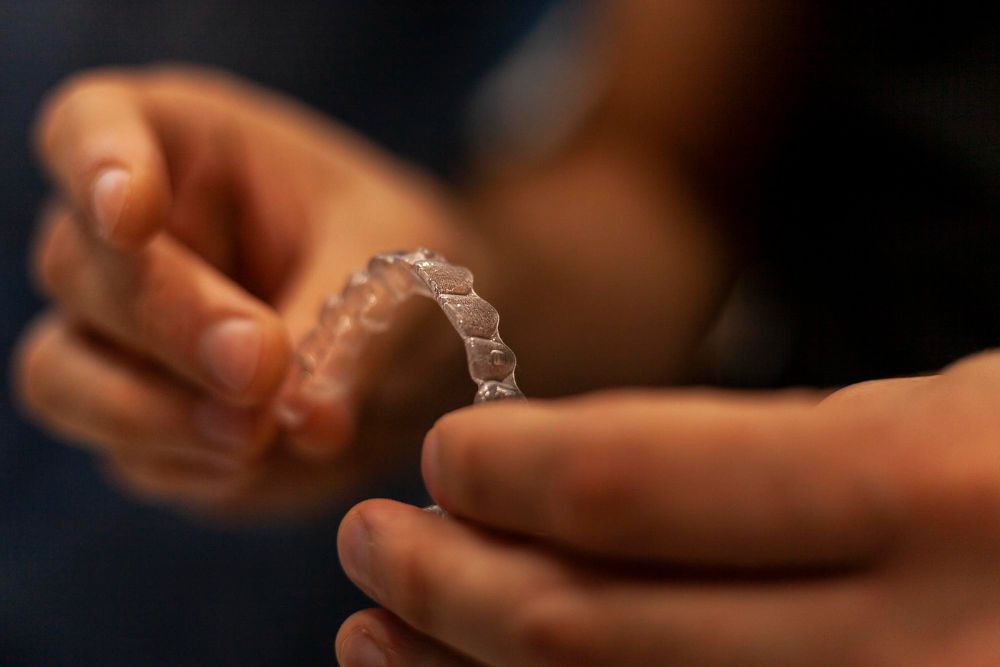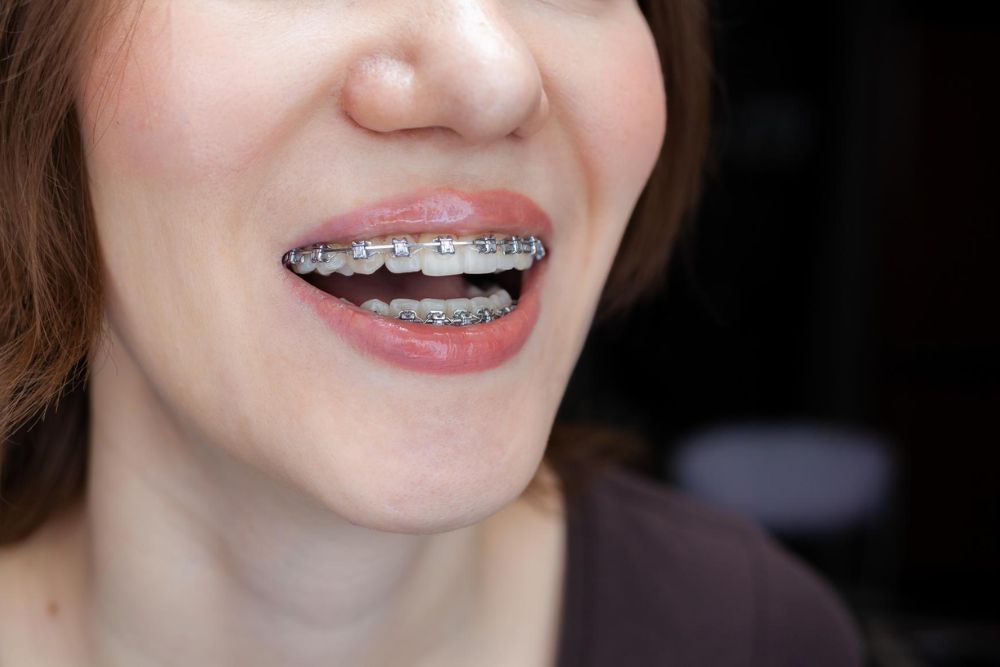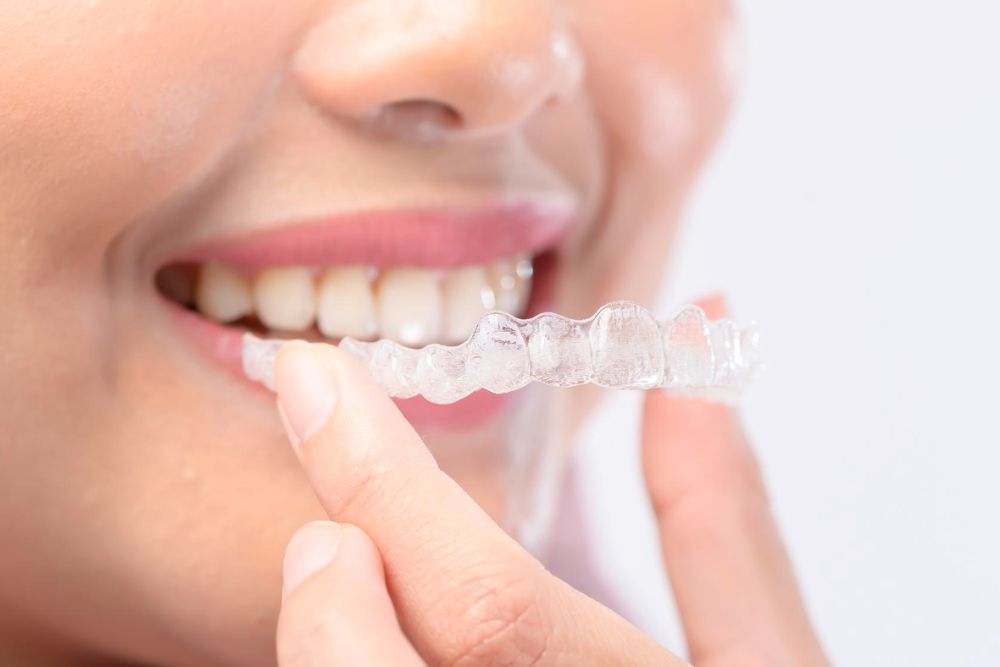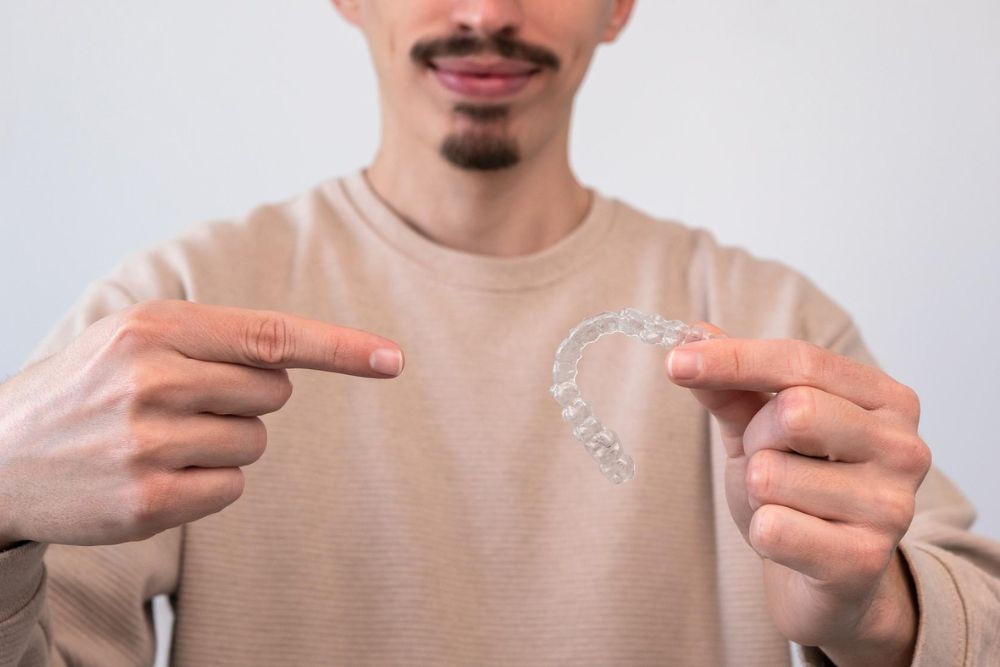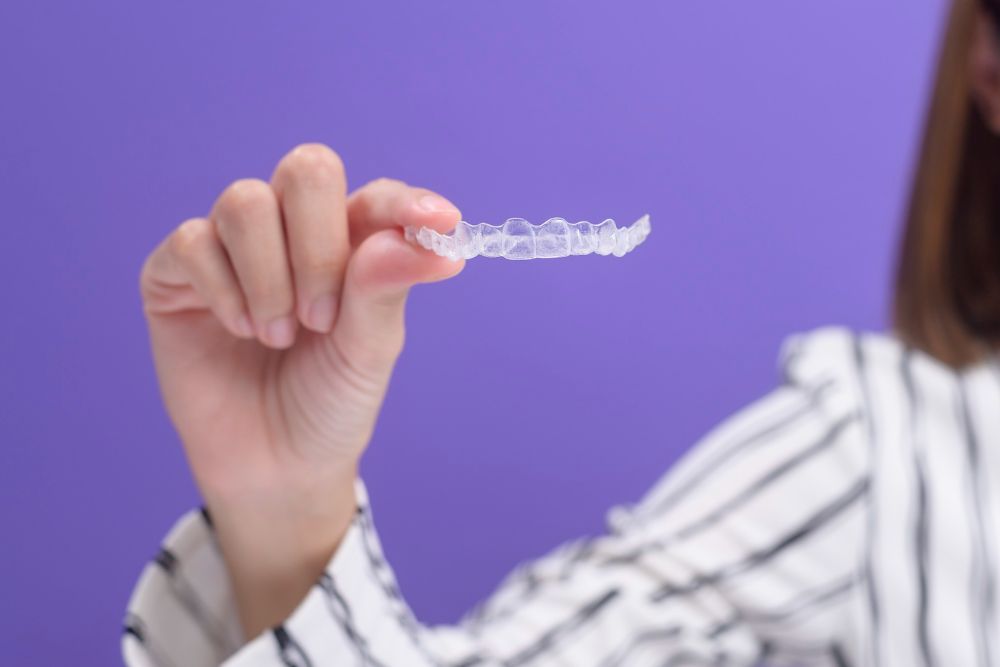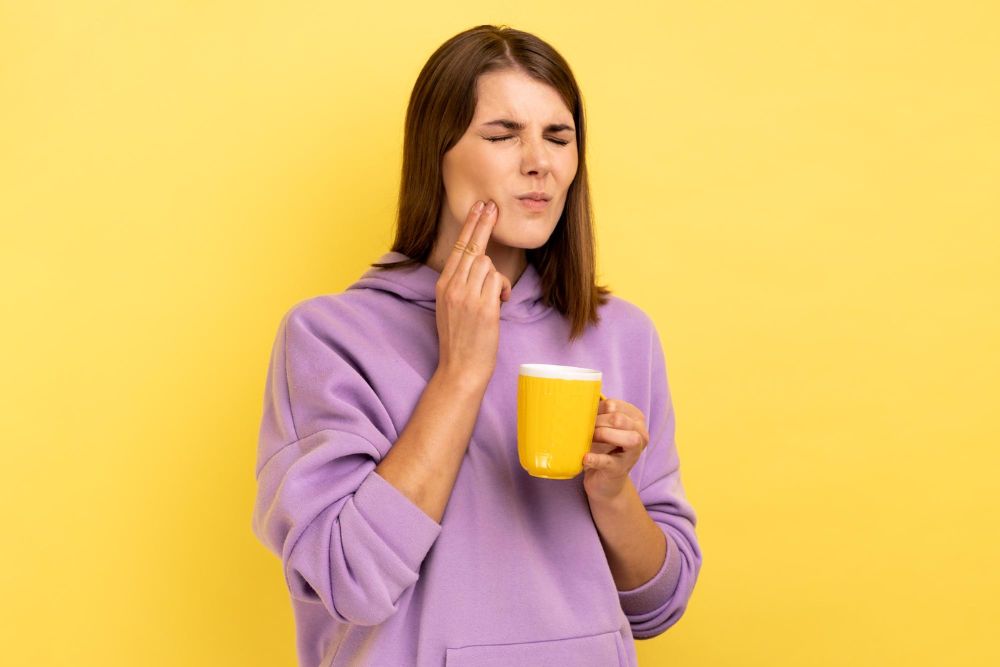If you’ve recently finished your Invisalign treatment, congratulations! You should be very proud of yourself – you have worked hard and now have a healthy and straight smile. Now that your aligners are off, the next step is to maintain the results of your treatment. In this blog post, Ashburton Dental Centre will share some tips to help you keep your teeth straight after Invisalign.
After You Get Invisalign, How Do You Keep Them Straight?
Proper maintenance is needed to preserve the beautiful result of your Invisalign treatment. Here are some tips to keep your teeth looking straighter for longer:
- Wear your retainers: The most important thing you can do to maintain the results of your Invisalign treatment plan is to wear your retainer. Your retainer is custom-made for you and is designed to keep your teeth in their new position. Wear your retainer following your orthodontist’s instructions. This usually means wearing it full-time for a period of time, then switching to nighttime wear.
- Be diligent about oral hygiene: Good dental hygiene is important for everyone, but it is especially important for those who have had Invisalign treatment. Brush and floss your teeth after every meal, and use an antibacterial mouthwash at least once daily. A good oral hygiene routine also helps prevent plaque buildup and keep your teeth healthy.
- Avoid hard and sticky foods: Hard and sticky foods can damage your teeth. Avoid these types of foods, or at least brush your teeth immediately after eating them.
- Wear a mouth guard: If you play sports or participate in any activities where there is a risk of your teeth being damaged, it is important to wear a mouth guard. This can protect your teeth from being chipped, cracked, or knocked out during contact sports. Wearing a mouthguard is an important part of keeping your teeth healthy.
- Schedule regular dental visits: Visit your dentist for regular dental cleanings and checkups, even after your orthodontic treatment is over. They can help maintain your oral health and avoid problems like gum disease.
Following these tips will help you maintain your Invisalign results and enjoy a straighter smile for years to come. If you have any questions about maintaining the results of your Invisalign treatment, be sure to talk to your orthodontist.
How Long Should You Wear Your Retainer?
Once your orthodontic treatment is complete, it’s important to wear your retainers to maintain your straight teeth. Wearing retainers is an important part of the Invisalign process, and failure to do so can result in your teeth shifting back to their original positions.
The length of time that you need to wear your retainers will depend on several factors, including the severity of your dental misalignment, how well you follow your treatment plan, and your tendency to have relapses. In general, most patients will need to wear orthodontic retainers for at least 20-22 hours per day for the first six months after treatment. After that, you can decrease the wear time to 14-16 hours per day as instructed by your dentist. After some time, you’ll be instructed to only wear your retainer at night.
While this may seem like a lot, it is important to remember that the retainers are removable, so you can take them out when you need to eat or drink, brush your teeth, or do other activities. Additionally, many patients find that they quickly get used to wearing their retainers and that it becomes second nature after a few weeks.
How Important Is Wearing Retainers After Invisalign?
A beautiful smile can give you a huge confidence boost. If you’re not happy with the way your teeth look, you may feel shy or even embarrassed to show them off. Invisalign aligners can help you achieve the straight, healthy smile you’ve always wanted – but the treatment doesn’t stop there.
Retainers are designed to keep your teeth in position after your braces have been removed. Without retainers, your teeth may gradually shift back to their original alignment. Wearing retainers as directed by your orthodontist will help you maintain and enjoy your new smile for years to come.
There are different retainer options available, and your orthodontist or dentist will help you choose the one that’s right for you. Fixed retainers, also called bonded retainers, are glued to the back surface of your teeth so they can’t be removed. They’re usually used in combination with removable retainers.
Removable retainers are usually made of clear plastic and wire. These fit over your teeth and can be taken out when you eat or brush your teeth. These types of retainers need to be cleaned daily, just like your teeth.
No matter which type you use, it’s important to keep your retainer clean. Bacteria can build up on retainers just like they can on your teeth, so be sure to brush them and rinse them well every day. You should also soak your removable retainers in retainer cleaner at least once a week.
If I Lose My Retainer, What Should I Do?
If you lose your retainer, the first thing you should do is schedule an appointment to get replacement retainers. In the meantime, take measures to prevent further damage to your teeth. If you previously had an overbite, be careful not to overexert your front teeth. You may also want to avoid hard and sticky foods that could potentially damage your teeth. Finally, make an appointment with your orthodontist as soon as possible. They will be able to assess the situation and determine whether you need a new retainer or other treatment.
Final Thoughts
Maintaining the results of your Invisalign treatment is crucial to having a straight smile. Wear your retainer as prescribed by your orthodontist and call if you have any questions or concerns. With proper care, you can enjoy your new smile for years to come!
If you have any questions about this orthodontic treatment, contact Ashburton Dental Centre today! Our team will address your concerns and give you advice on how to care for your teeth after Invisalign. Schedule an initial consultation online or by calling our clinic today!
Frequently Asked Questions
The cost of Invisalign treatment varies depending on your individual needs and treatment plan. However, the average cost is around $3,200. Many orthodontists offer payment plans to make Invisalign treatment more affordable.
Absolutely! Invisalign is a great alternative to braces for a number of reasons. First, the aligners are nearly invisible, so people won’t even know you’re wearing them unless you tell them. Second, you can remove the aligners for eating and brushing your teeth, so there’s no need to worry about food getting stuck in your braces. Finally, Invisalign treatment is generally more comfortable than traditional braces.
Most people report only mild discomfort when they first start wearing their aligners. This is because your teeth are slowly being moved into their new positions. As your treatment progresses, you may experience some discomfort off and on, but it should never be severe.
Invisalign can be used to address a wide variety of dental problems, but it may not be right for everyone. Invisalign is not recommended for people with very complex dental issues or for those who need drastic changes to their bite. If you’re not sure whether Invisalign is right for you, schedule a consultation with your dentist
source https://ashburtondentalcentre.com.au/how-do-i-keep-my-teeth-straight-after-invisalign/
